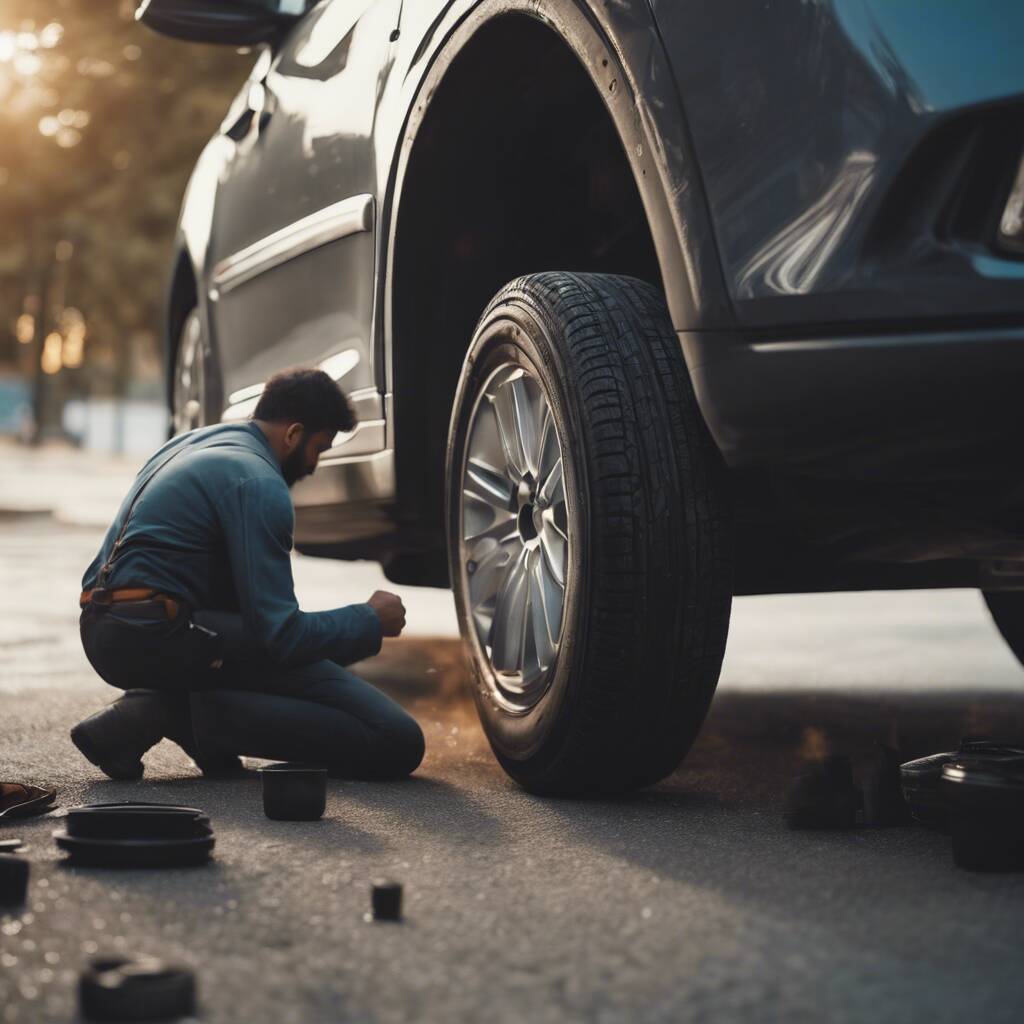When Replacing Only Two Tires, Should the New Tires Be Placed on the Front or Back?
Posted by Wetherington Law Firm | Articles
- Articles
- Artificial Intelligence
- Car Accidents
- Class Action Lawsuit
- Comparative Negligence
- Crime Victim
- Defective Vehicles
- Disability
- Kratom Death and Injury
- Legal Marketing
- Motor Vehicle Accidents
- News/Media
- Other
- Pedestrian Accidents
- Personal Injury
- Results
- Sexual Assault
- Truck Accidents
- Uber
- Wrongful Death
Categories

New Pair of Tires: Where Should They Go? Front or Back Axle?
When it comes to vehicle maintenance, ensuring your tires are in top condition is paramount for safety, performance, and fuel efficiency. However, tires can be a significant investment, and it’s not always feasible to replace all four at once. This raises a critical question for many drivers: If you buy 2 new tires, where should you put them? Should they go on the front or the back of your vehicle? This article explains this topic and provides you with a detailed guide on how to best position your new tires for optimal safety and performance.
Understanding Tire Wear
Before deciding where to place new tires, it’s essential to understand why tires wear unevenly in the first place. Several factors contribute to this phenomenon, including your vehicle’s drivetrain (front-wheel, rear-wheel, all-wheel, or four-wheel drive), alignment issues, and driving habits. Typically, front tires wear out faster on front-wheel-drive vehicles due to the added responsibilities of steering and propulsion.
Conversely, rear tires may wear more on rear-wheel-drive models. Regardless of the drivetrain, turning corners puts more stress on the front tires, leading to uneven wear.
If You Buy 2 New Tires Where Should You Put Them?
The prevailing recommendation from tire manufacturers and safety organizations is to place new tires on the rear axle. This advice might seem counterintuitive, especially for front-wheel-drive vehicle owners accustomed to front tires wearing out faster. However, the rationale behind this guidance is firmly rooted in safety considerations.
When New Tires Are Mounted on The Rear:
- Enhanced Traction on Wet Surfaces: New tires typically have deeper tread depths, which improves water evacuation and reduces the risk of hydroplaning. By placing new tires on the rear, you maintain better control and stability, especially in wet conditions, regardless of whether you’re driving a front, rear, or all-wheel-drive vehicle.
- Improved Handling: New tires on the rear axle help ensure that the back of the vehicle does not lose grip before the front. If the rear tires have less tread than the front, it can lead to oversteer, a condition where the rear of the vehicle slides out during a turn. This can be particularly dangerous and difficult to correct, especially for inexperienced drivers.
- Uniform Wear: By placing the newer tires on the rear, you can promote more uniform wear over time, especially if you rotate your tires regularly according to the manufacturer’s recommendations.
Considerations for Front-Wheel Drive Vehicles
For owners of front-wheel-drive vehicles, the temptation might be strong to put new tires on the front, given that these tires handle the brunt of the work. While this logic seems sound, safety experts still recommend placing new tires on the rear for the reasons mentioned above. For optimal performance and longevity, regular tire rotations are crucial to ensure even wear across all four tires.
Tire Rotation: A Key Component
Regardless of where you place your new tires, regular tire rotation should not be overlooked. Tire rotation is a critical maintenance task that ensures even tire wear, extending the life of your tires and maintaining balanced handling. Most manufacturers recommend rotating your tires every 5,000 to 7,500 miles, but consult your vehicle’s owner’s manual for specific guidance.
Final Thoughts
In conclusion, when you buy 2 new tires, the best practice for safety and vehicle performance is to place them on the rear axle. This placement helps maintain control and stability, particularly in adverse weather conditions and promotes even tire wear over time. Remember, regardless of your vehicle’s drivetrain, the principles of tire safety and maintenance remain consistent. Regular inspections, proper inflation, and adherence to a routine tire rotation schedule are all essential components of tire upkeep that will ensure your vehicle remains safe and efficient on the road.